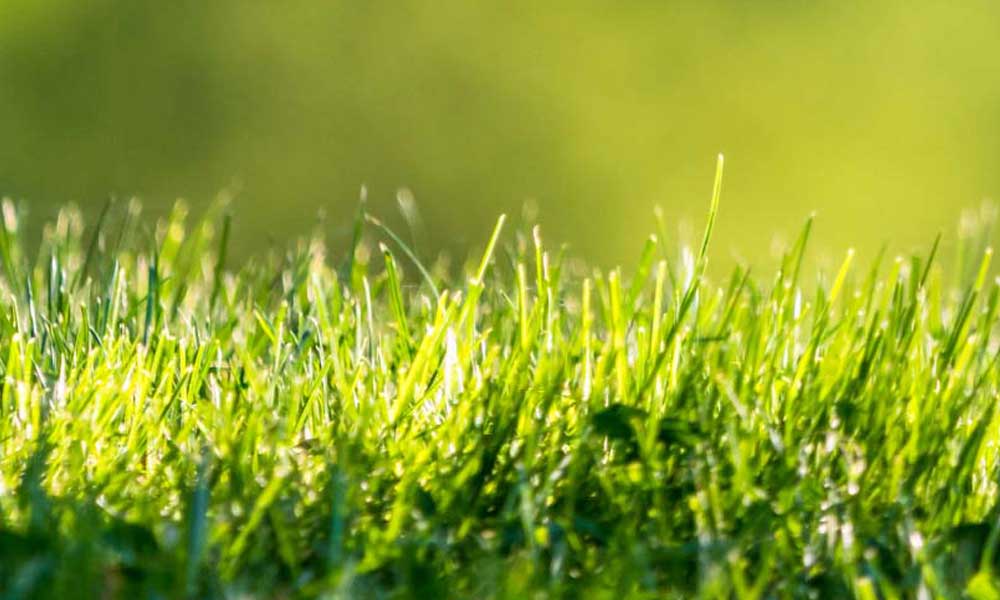ONALASKA, WI. Sept 24, 2018 – For those who were impacted by recent flooding, some of the immediate concerns after heavy rain and subsequent flooding are removing the water, eliminating water damaged materials, and calling the insurance company. Deep cleaning is necessary in order to avoid mold growth and more importantly, sickness because of that new, fresh mold.
Mold is a fungus that grows in dark, damp, and warm conditions, making a basement or bathroom after a summer flood an ideal oasis for mold. After growth, mold releases spores into the air, which can cause sickness for many individuals as spores move to their respiratory tract. For those with allergies and asthma, mold can be particularly catastrophic.
Mold starts to grow and colonize in the environment within 24 hours, making quick action critical.
Preventing Mold
Remove water soaked items that aren’t able to be saved as soon as possible. The National Center for Healthy Housing (NCHH) recommends throwing away carpet, upholstered furniture, books, and food items.
Dr. Mary Morris, partner at Allergy Associates of La Crosse says, “Getting the moisture and the materials that support mold growth taken care of quickly is really important. If you leave upholstered furniture, clothing, wall boards, or carpeting inside a home over a significant period of time, even a few days, you’re going to have a much worse problem than if you remove it promptly.”
Eliminate visible water sources. Doing this on your own often requires a wet/dry vacuum, dehumidifiers, fans, and a lot of patience. Depending on the area affected by flooding, it may be beneficial to bring in a local company to have this done professionally.
Cleaning Mold
Contrary to popular belief, using bleach to eliminate mold is not the best option. Scrub hard surfaces affected by mold with a mixture of hot water and detergent. While bleach may look like it’s getting the job done, the spores are still present. Detergent gets to the root of mold, and isn’t as big of an irritant.
Remember, mold spreads quickly. When delayed, mold can move deep into the “bones” of your home. It’s best to be thorough right away then discover the growth much too late. Mold can be not only damaging to your health, but your home, too. After a severe flood, it may be best to have your home inspected by professionals to defend against any further damage down the road.
Just because the area is finally dry doesn’t mean the work is over. Areas that look to have “dry mold” can still be very dangerous and cause symptoms for those affected as the spores are still active. Additionally, if there is a spike in humidity, regrowth can occur.
Dr. Morris gives a few more tips regarding cleaning mold, saying, “Wear a mask while you do it and wear clothing that you can wash when you’re out of the area, so you’re not sitting around in your work clothes that have been contaminated. Use antihistamines, nasal sprays, and if it’s affecting the lungs, see a doctor.” Working with a professional service that specializes in mold remediation may be needed for severe mold growth or for those who are highly sensitive to mold in their environment.
Mold is a very common allergen that produces symptoms such as allergic rhinitis, hives, asthma, chronic congestion, eczema, headache, fatigue, and even further complications. Dr. Morris says mold allergy causes increased symptoms in the lungs, in comparison to other allergens. “I see more people having lung inflammation and asthma symptoms with mold than other allergens. Even though the spores aren’t in the lungs, they are triggering allergic inflammation in the lungs. So, asthma certainly can be triggered with bad mold exposure.”
Reducing exposure to mold is the primary way to avoid symptoms. For those with severe reactions, and those who aren’t able to completely avoid exposure, getting to the root cause of the allergy through immunotherapy is the only way to minimize reactions fully. Mold allergies can be difficult to treat effectively as immediate skin testing may not detect delayed reactions, which can be common with mold. Dr. Morris’s father and clinic founder, Dr. David Morris, learned this decades ago when treating farmers with mold allergies (farmers’ lung) who didn’t respond well to other treatments. He found that sublingual immunotherapy, or the same FDA approved antigens used in allergy shots but delivered under the tongue in drop form, was a more convenient and safe treatment option that farmers were better able to tolerate. Many of his farming patients migrated to allergy drop treatment as it enabled them to continue to farm during the important harvest season, when molds can reach a peak. Sublingual immunotherapy, or custom allergy drop treatment, helps patients build long-term tolerance to their allergies and reduce risk of reactions when exposed to allergens.
Request an Appointment
